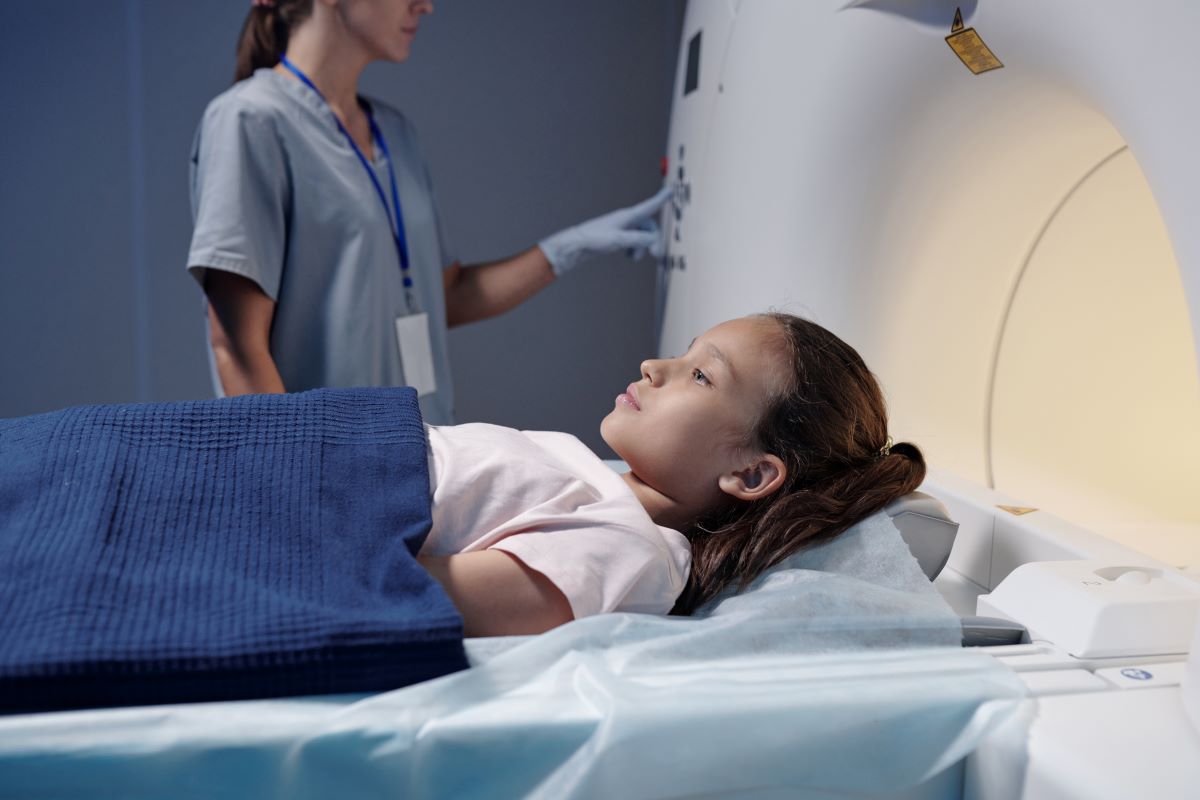A recent study featuring research by University of Florida Engineering Professor Wesley Bolch, Ph.D., links exposure to radiation from medical imaging to a small-but-significant risk of blood cancers among children and adolescents.
But do not panic. The study concludes the benefits of medical imaging outweigh the minimal risks.
Funded by the National Cancer Institute, the study will help medical personnel make informed decisions about using imaging on children. The study concluded that while ionizing radiation is a carcinogen, the benefit-to-risk ratio favors CT imaging of children when imaging is justified and the technique minimizes adverse effects.
These risks are low and when justified by the imaging physician, patient benefits, such as disease detection, will greatly outweigh these very small risks.
– Wesley Bolch, Ph.D., University of Florida engineering professor
The paper, “Medical Imaging and Pediatric and Adolescent Hematologic Cancer Risk,” was published last week in the New England Journal of Medicine. For his part of the study, Bolch used virtual patient anatomic models to reconstruct bone marrow doses in more than 3.7 million children who underwent CT imaging between 1996 to 2016.
“We used a library of 3D anatomic whole-body computerized patient models developed in the early 2010s under a contract with the National Cancer Institute,” said Bolch, a distinguished professor in biomedical and radiological engineering with UF’s J. Crayton Pruitt Family Department of Biomedical Engineering.

